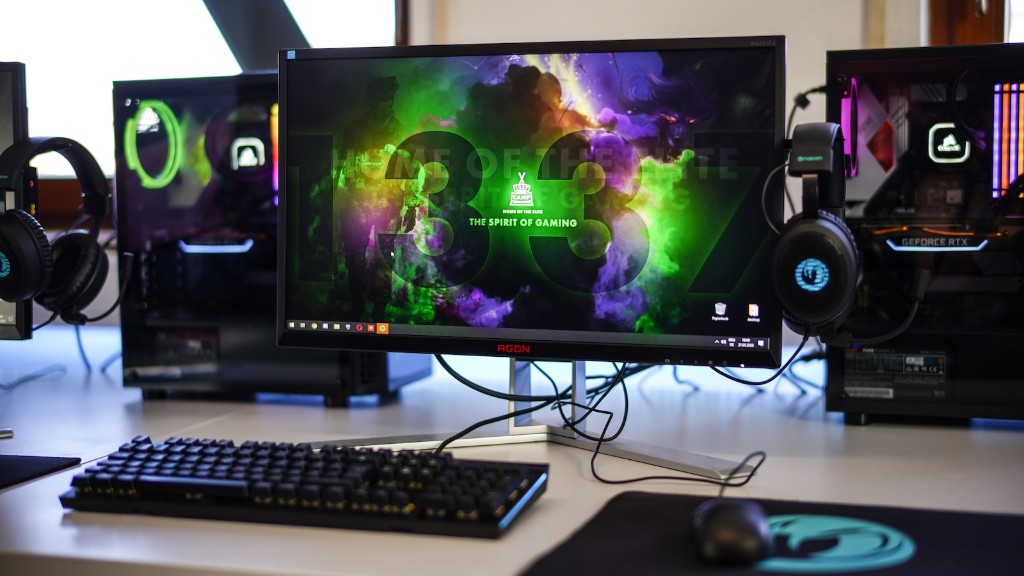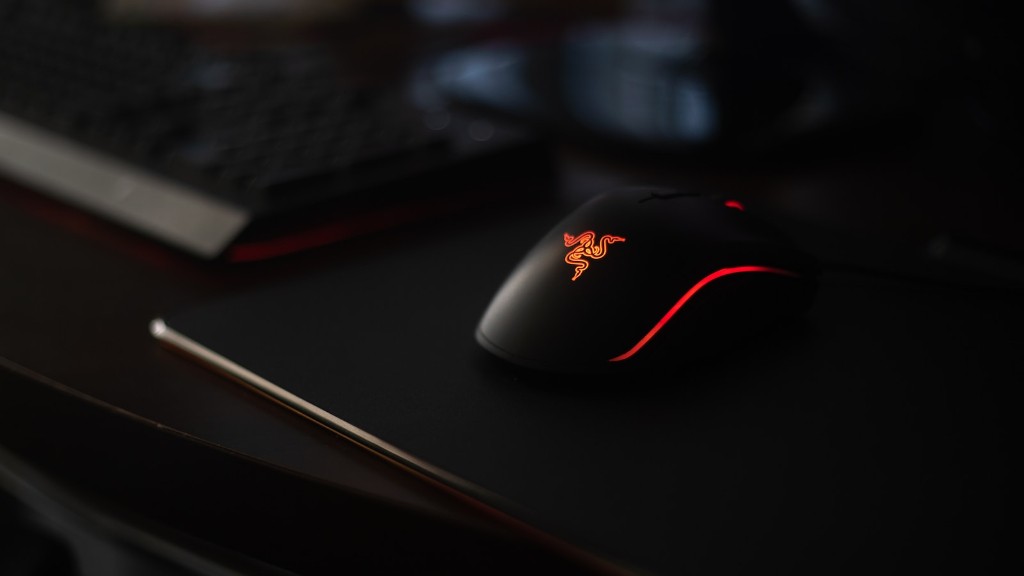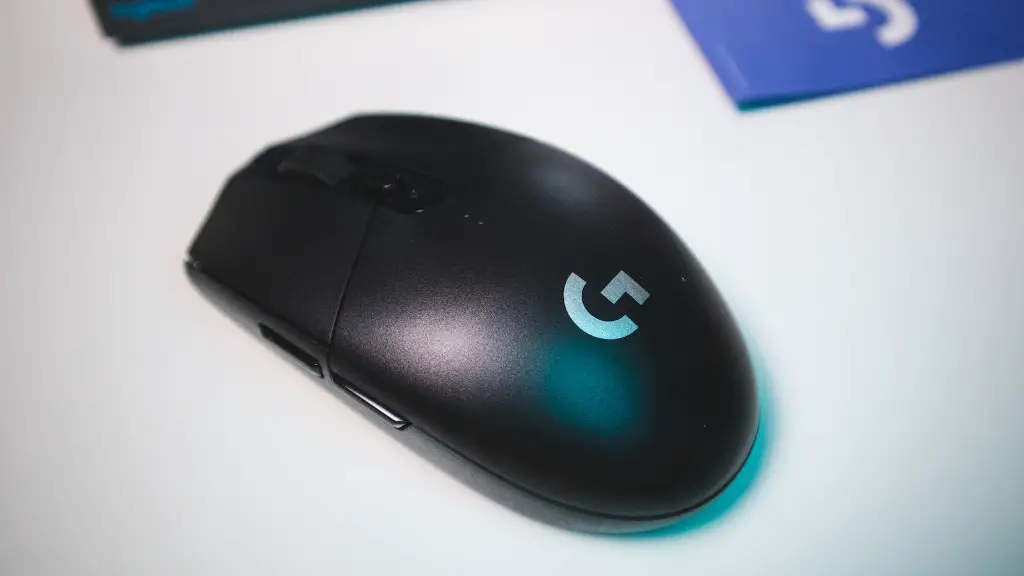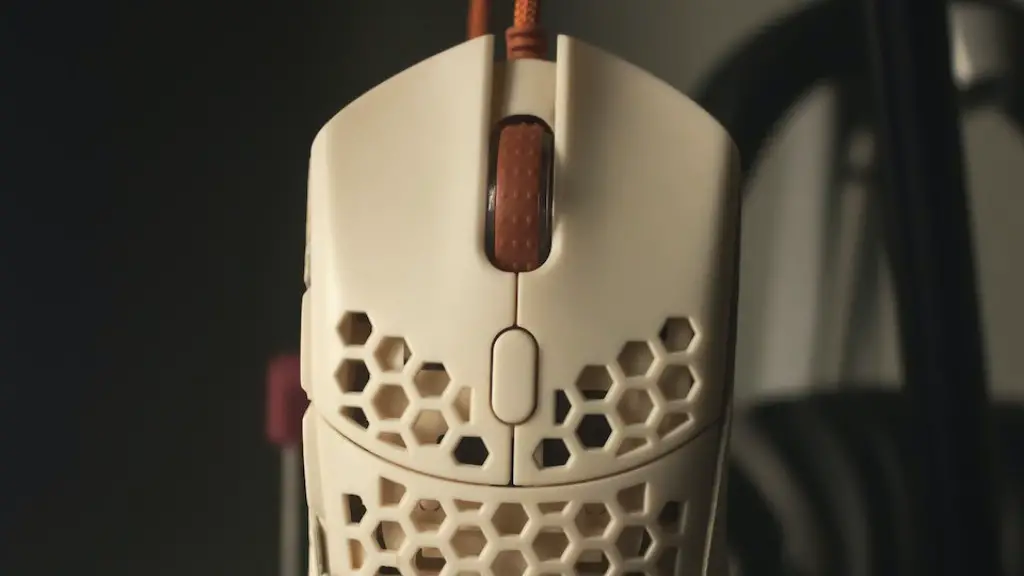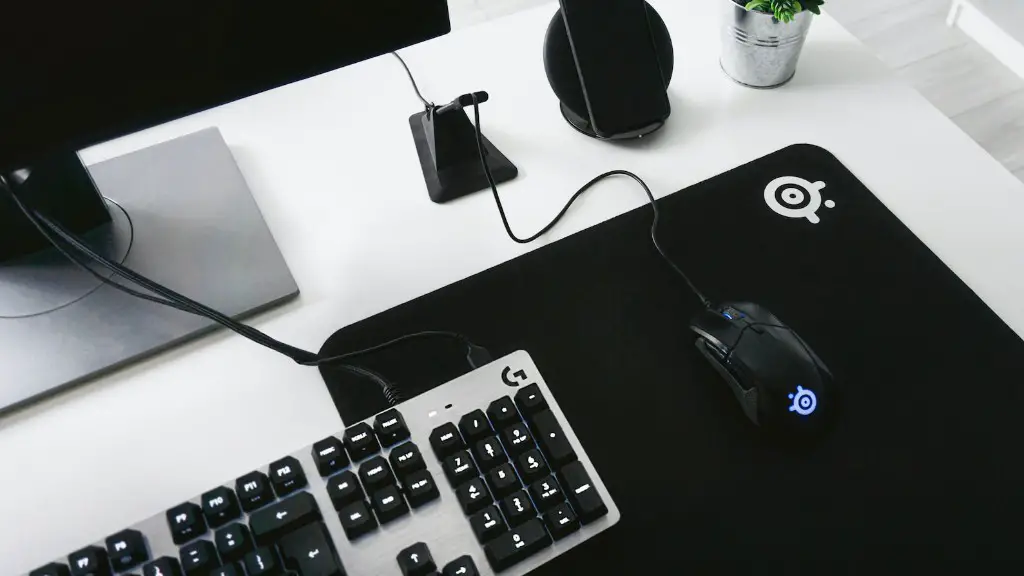Building the best gaming PC under 500 is all about utilizing your funds properly, as there is a lot of value for money involved. The goal here is to find the most powerful components for your budget, so it pays to do your research. You don’t have to be an expert in computer hardware to build a great board, though it does help. Here are a few tips for constructing the ultimate gaming PC, without reaching the $500 limit.
Firstly, try to find the best deal possible on components – shop around and pay attention to current sales. There are always deals to be discovered and you should take advantage of them whenever you can. Computers are rapidly changing, with new technology hitting the market on a regular basis – you can often find great components at a fraction of their usual costs if you’re lucky.
Secondly, invest in the best graphics card you can afford. A good graphics card is essential for gaming, as it enables you to enjoy higher quality visuals at higher resolutions. The best way to ensure you’re getting the most bang for your buck is to consult independent reviews and read up on individual manufacturers’ product specifications.
Thirdly, when it comes to the processor, aim for the highest frequency possible for your budget. A good processor will provide a substantial improvement in performance without blowing your budget – many processors these days are incredibly powerful but still remain affordable.
Fourthly, upgrade your RAM to the highest amount possible. More RAM is always better for gaming, as it allows for smoother in-game performance. But be sure to avoid exaggerating; 8GB or 16GB should be enough for most gaming purposes.
Fifthly, make sure you pair your PC with a good motherboard, as this is actually the backbone of your build. While there’s a range of models to choose from, keep an eye open for features like multiple USB ports, SATA ports and M.2 slots. It’s also best to go with a reliable brand such as ASUS or MSI.
And finally, try to find a good, reliable power supply. It’s important to check the power requirements of your components in order to understand what you need. It’s always wise to opt for a higher wattage than you think you’ll require, to safeguard your PC from any power-related issues.
Choosing A Monitor
Choosing the right monitor plays a critical role in building the best gaming PC under 500. It’s not just about getting the most features but also regarding prioritizing the features that make the most impact in your situation. For example, if you have a 21:9 aspect ratio but no display with that ratio, it won’t be of any use. There are numerous features to be aware of in terms of gaming monitors, such as FreeSync, LCD type, response time, refresh rate, resolution, and panel size.
Most gaming monitors come with an average resolution of 1920 x 1080 pixels, which is popularly referred to as ‘Full HD’ resolution. For the maximum sharpness and detail, you should aim for a monitor with 2K resolution or a 4K UHD resolution. Also, look for a monitor that is able to refresh at least 144Hz for the smoothest possible gaming experience and one with FreeSync to avoid any tearing or stuttering.
When it comes to response time and input lag, anything below 5 milliseconds is considered fast. However, input lag will only matter if you’re playing multiplayer games and you’ll only feel the need to reduce it if you’re an enthusiast. Finally, select a monitor size that suits you. Smaller 24-inch monitors are perfect for a smaller office, while 27-inch displays are great for gaming.
Selecting The Right Storage
When it comes to storage, there are two main types – SSDs (Solid State Drives) and HDDs (Hard Disk Drives). Both have their own pros and cons and it’s important to understand when each is best suited for your needs. An SSD is a type of internal storage that makes use of flash memory, allows for fast read/write speeds, and is ideal for installing applications and operating systems for quick boot-ups.
An HDD, on the other hand, is a type of internal storage that stores data on a spinning disk and is slower than an SSD in comparison. However, HDDs are significantly cheaper in terms of price per gigabyte, making them an attractive option for people who need lots of storage. If you’re looking to store a large library of games, an HDD is your best bet. But if you’re looking for quick boot-ups, an SSD is what you need.
When planning your build, it’s best to incorporate both types of storage, as they can complement each other nicely. Install your operating system and applications on an SSD and store your games on an HDD. That way you’ll get the best of both worlds, in terms of performance and storage capacity.
Installing The Operating System
The best OS for gaming PCs is Windows 10. It offers the best performance, most reliable drivers, and is arguably simpler to comprehend than Linux distributions. Whenever you’re building a gaming PC, make sure to buy a legitimate version of the OS, as pirated versions may cause unforeseen hardware issues down the line.
Once you’ve acquired a copy of Windows, installing it onto your gaming PC is really simple. All you need to do is insert your DVD or USB flash drive into your system and wait for the installation wizard to appear. Once you’ve selected the version you want, the installation process begins. An adequate internet connection is recommended so that Windows can download the required drivers and updates.
Once the installation process is finished, the first thing you need to do is set a Wi-Fi network connection, should you need it, and install the right drivers for all the components within your gaming PC, such as any graphical cards, network controllers, and so on. There are usually discs included with the components that contain all of the required drivers.
Choosing Peripherals
Peripherals are the parts of any build which help make a great gaming experience, comforting and enjoyable. The peripherals you choose should be tailored to your specific needs and preferences. Generally, most gamers would opt for a gaming mouse and gaming keyboard, both of which are available for a reasonable price.
If you’re using a desktop monitor, another essential peripheral is a good quality monitor arm. Such a monitor arm can usually carry one or more monitors of various sizes. This provides the user with more desk space and more viewing angles. Furthermore, many of these monitor arms come with customizable features, such as height and angle adjustment.
Headphones and speakers are also important, as they’ll help you experience the game in a better way. Some headsets feature virtual surround sound and noise cancellation, allowing for a more immersive gaming experience. You should also consider a good quality gaming mouse pad, as you’ll be using it for long gaming sessions. As for the type of mouse pad, you should opt for cloth pads for the best performance.
Conclusion
Building the best gaming PC under 500 requires skill and research to find the components with the best performance and value for money. Pay attention to current sales and invest in the best graphics and processor you can afford. Do not forget important accessories such as a good monitor, mouse, and keyboard, as well as the appropriate storage options.
